Tyrannosaurus rex and other large predatory dinosaurs appear to have had the same type of skin as reptiles. A skin covered with slippery scales and not feathers as many assumed.
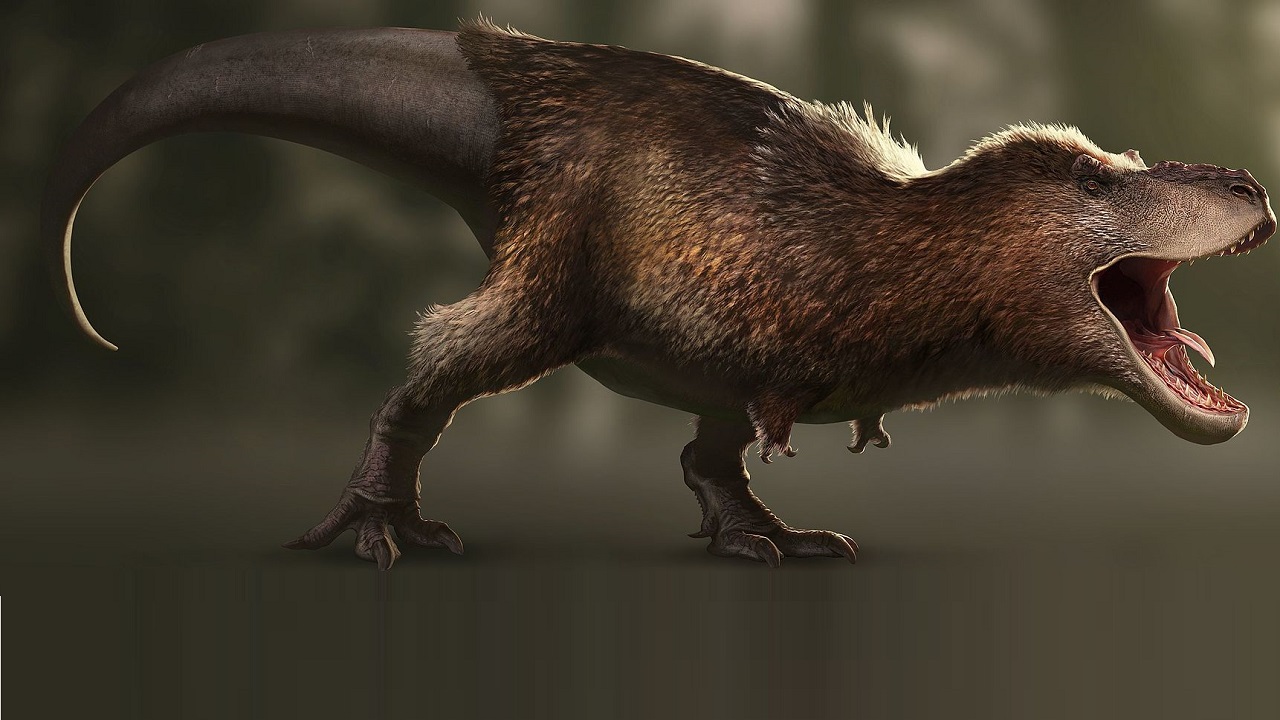
The researchers behind the study, published this week in Biology Letters, have analyzed fossil skin prints from several predators, concluding that both T. rex and its closely related species in the genera; Albertosaurus, Daspletosaurus, Gorgosaurus and Tarbosaurus – all lacked feathers.
The skin prints examined were derived from a T. rex found in Montana in the United States. Other remains are pieces of skin from the neck, pelvis, and tail. Everything indicates that the animal was essentially covered with typical reptile scales.
This is tyrannosaur skin! #UAlberta #science #dinosaurs pic.twitter.com/ZwN08xOg2D
— Scott Persons (@WScottPersons) June 7, 2017
The researchers also looked at skin prints from closely related species. None showed any traces of feathers. With a little caveat, as they may have had feathers on their heads or arms.
Smaller body requires insulation
That birds originate from small predatory dinosaurs and that many of these were in fact feathered led to the speculation that also T. rex could have resembled a giant walking bird of prey.
In at least one case, this hypothesis seems to have been true. An early precursor to the tyrannosaurs, the Yutyrannus from China did have feathers covering its entire body.
Yutyrannus lived 125 million years ago and had no direct line of genetic succession. Just over 50 million years later, when the Tyrannosaurus, Tarbosaurus, Daspletosaurus and other predatory dinosaurs lived, the feathers were gone.
Substituting feathers for size
The researchers believe that the cause for this apparent lack of feathers is the increasing gigantism of tyrannosaurs. The species within this family tended to grow more over time until its size peaked with T. Rex weighing over ten tons.
The fact that smaller predatory dinosaurs carried feathers may have to do with the need for insulation against cold weather. Since the climate was much hotter 66 million years ago when T. rex lived. In such a climate, animals with very large bodies have no need for fur or insulating plumage.
Reference:
Phil R. Bell, Nicolás E. Campione Tyrannosauroid integument reveals conflicting patterns of gigantism and feather evolution Published 7 June 2017.DOI: 10.1098/rsbl.2017.0092

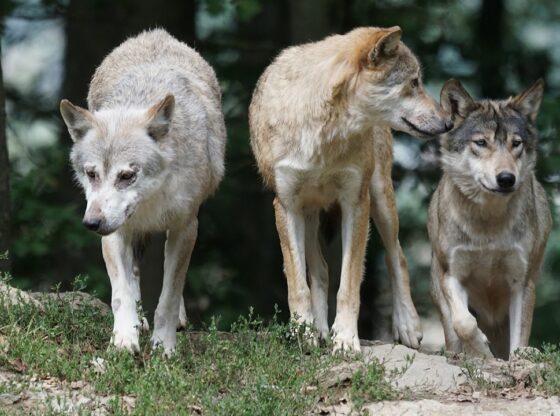



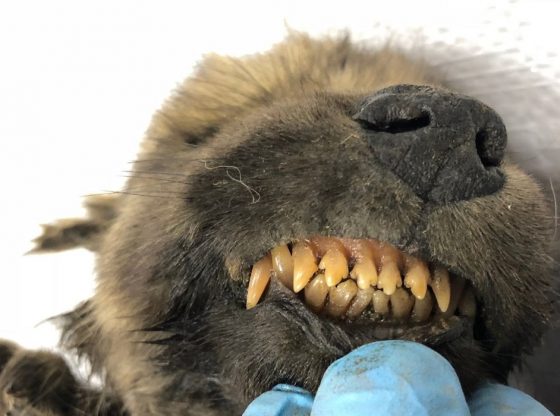

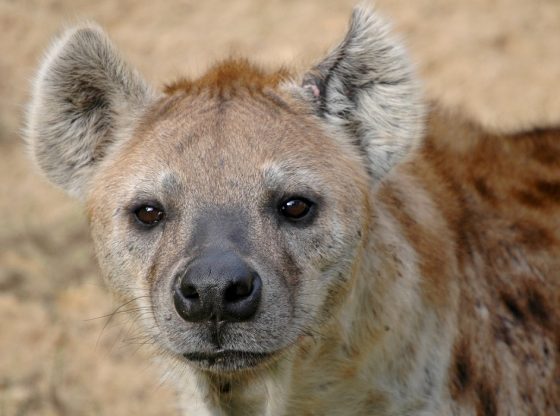
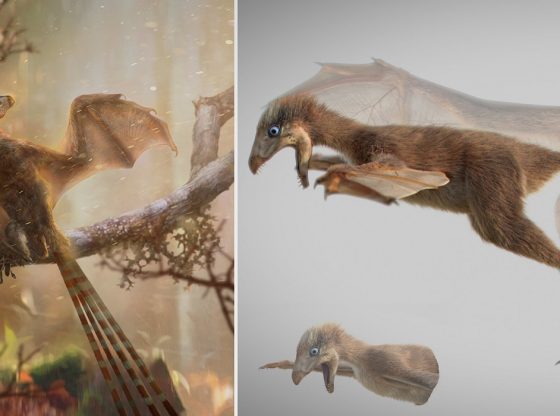


![OpenAI. (2025). ChatGPT [Large language model]. https://chatgpt.com](https://www.illustratedcuriosity.com/files/media/55136/b1b0b614-5b72-486c-901d-ff244549d67a-350x260.webp)
![OpenAI. (2025). ChatGPT [Large language model]. https://chatgpt.com](https://www.illustratedcuriosity.com/files/media/55124/79bc18fa-f616-4951-856f-cc724ad5d497-350x260.webp)
![OpenAI. (2025). ChatGPT [Large language model]. https://chatgpt.com](https://www.illustratedcuriosity.com/files/media/55099/2638a982-b4de-4913-8a1c-1479df352bf3-350x260.webp)








